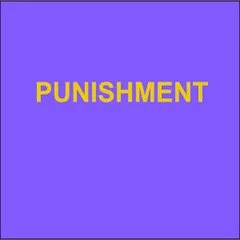By Maria Rafael
The United States’ criminal legal system is often described as a two-tiered system that treats people differently based on their social status, wealth, and power.1 In a two-tiered criminal legal system, those with money, social connections, or political influence may receive preferential treatment in the form of lighter sentences, leniency with respect to court-ordered obligations, or even freedom.2 Meanwhile, people without those advantages are likely to face harsher punishments, limited access to legal resources or representation, and even mistreatment from system actors.3 In the context of fines and fees, having the resources to settle court-imposed charges can make the difference between a quick resolution of a case or an extended entanglement with the criminal legal system. Those who struggle to pay their debt extend the length of time of their involvement with and obligations to the courts, which can require regular payments, court appearances, community service, and even incarceration. All of this creates chances for people to fail at meeting these obligations, which can trigger a host of legal and collateral consequences that extend the period of surveillance further still. In short, those without money have far more punitive experiences than those who have the resources to quickly pay off their debts
New York: Vera Institute of Justice, 2024. 37p.



